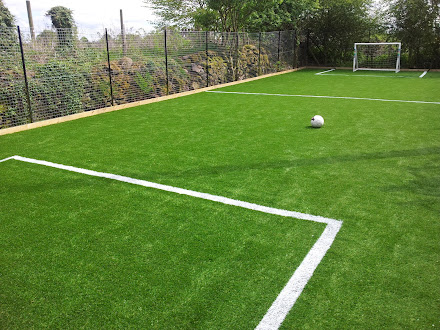7 reasons to avoid fake lawns
Environmental Impact: Fake lawns, also known as artificial turf, are made from non-biodegradable materials such as plastic and rubber. The production of these materials contributes to pollution and greenhouse gas emissions. Additionally, artificial turf does not support biodiversity and can disrupt the natural ecosystem by preventing the growth of plants and insects.
Heat Retention: Synthetic grass absorbs and retains heat, leading to higher surface temperatures compared to natural grass. This can create uncomfortable conditions for people and pets, especially in hot climates. The excessive heat can also affect the surrounding environment and contribute to urban heat island effects.
Water Consumption: While fake lawns do not require watering like natural grass, they still need regular cleaning to maintain their appearance. This cleaning often involves using water, which adds to overall water consumption. In regions facing water scarcity or drought, this can be an unnecessary waste of a valuable resource.
Health and Safety Concerns: Artificial turf is often treated with chemicals to maintain its appearance and prevent the growth of bacteria. These chemicals can be harmful to human health and the environment. Additionally, synthetic grass may contain lead or other toxic materials that can be hazardous, especially to children and pets.
Maintenance Requirements: While artificial turf doesn't need regular mowing or watering, it still requires some maintenance. Debris, dust, and pet waste can accumulate on the surface, requiring cleaning and disinfection. If not properly maintained, fake lawns can become breeding grounds for bacteria and allergens.
Aesthetics and Natural Feel: Despite advancements in technology, artificial turf can never truly replicate the look and feel of natural grass. The vibrant colors and textures of real grass provide a visually appealing and relaxing environment. Natural grass also contributes to a sense of connection with nature, which is beneficial for mental well-being.
Long-Term Durability and Cost: While fake lawns may initially seem like a cost-effective option, they typically have a limited lifespan. Continuous use, exposure to weather conditions, and regular maintenance can cause artificial turf to wear out, requiring replacement. This adds to the long-term cost, making it a less economical choice compared to natural grass.
It's important to consider these factors before opting for a fake lawn and weigh them against the convenience it may offer in terms of reduced maintenance and water usage.




Comments
Post a Comment